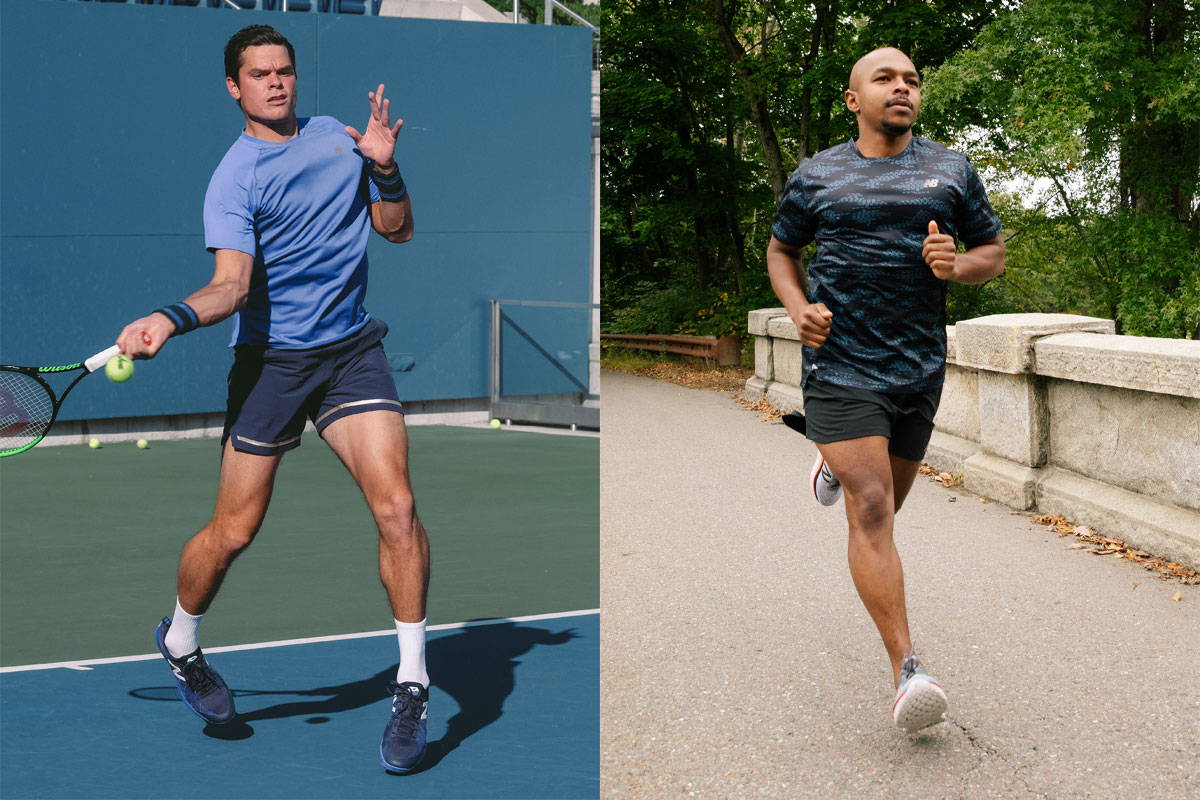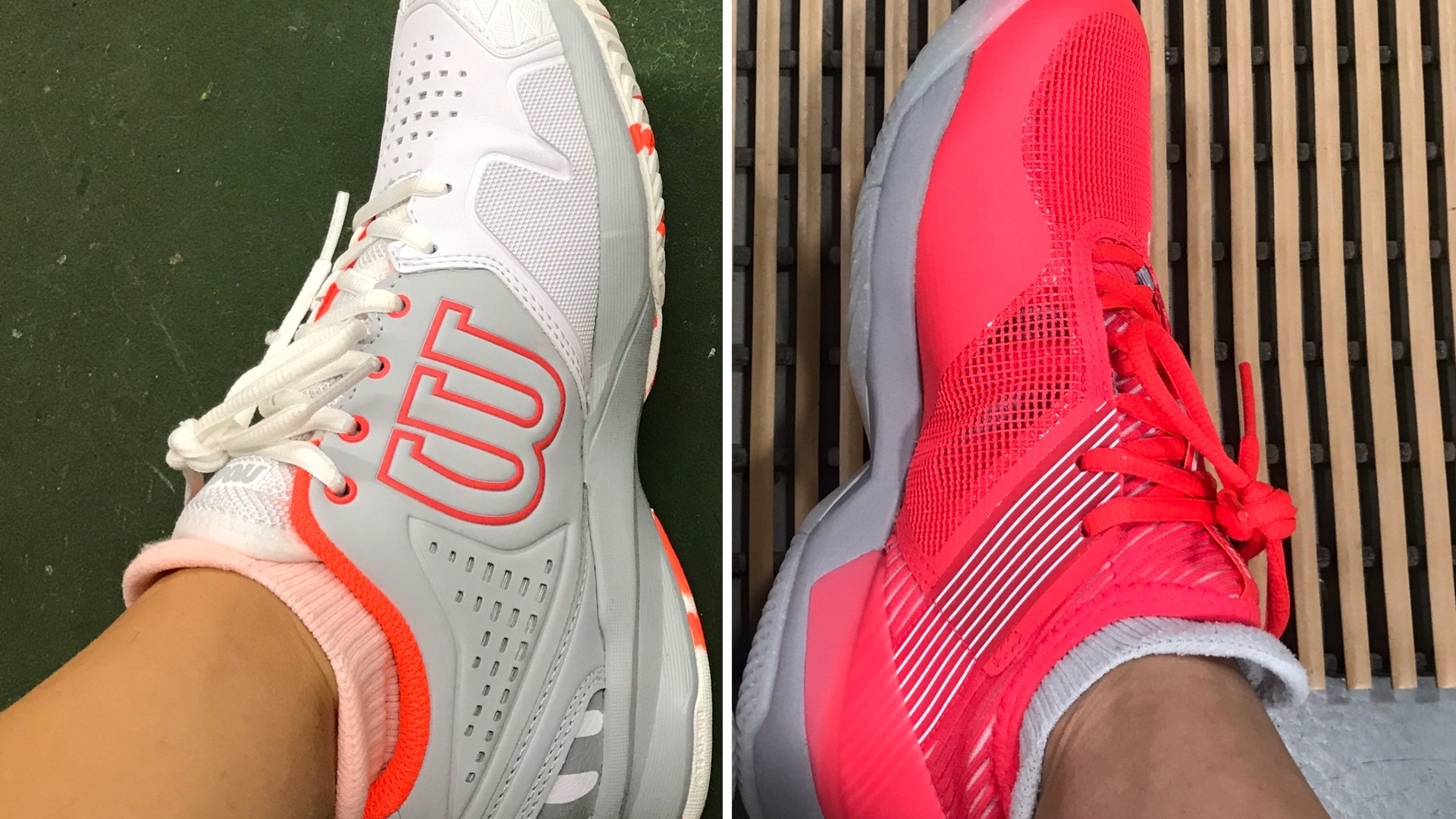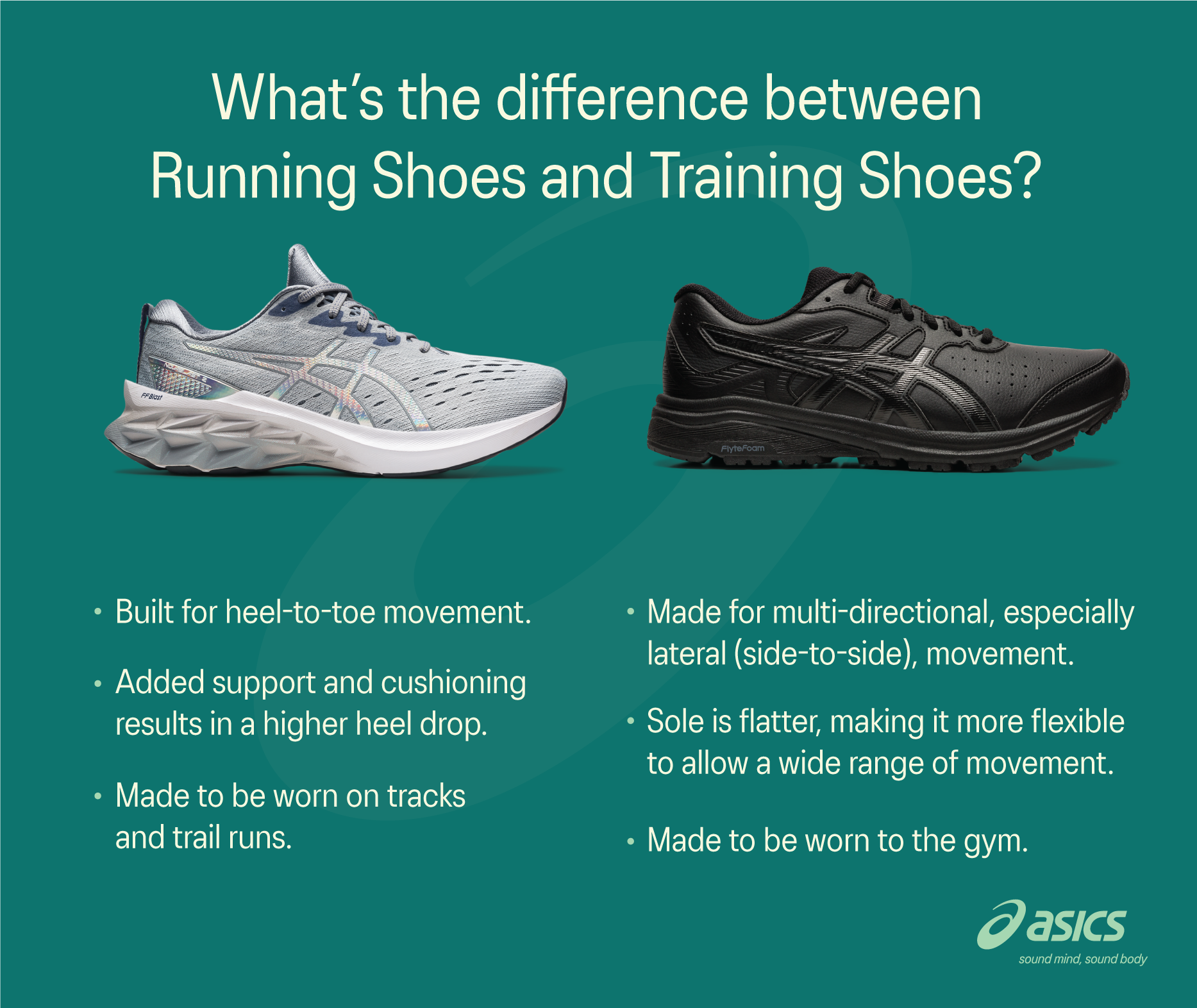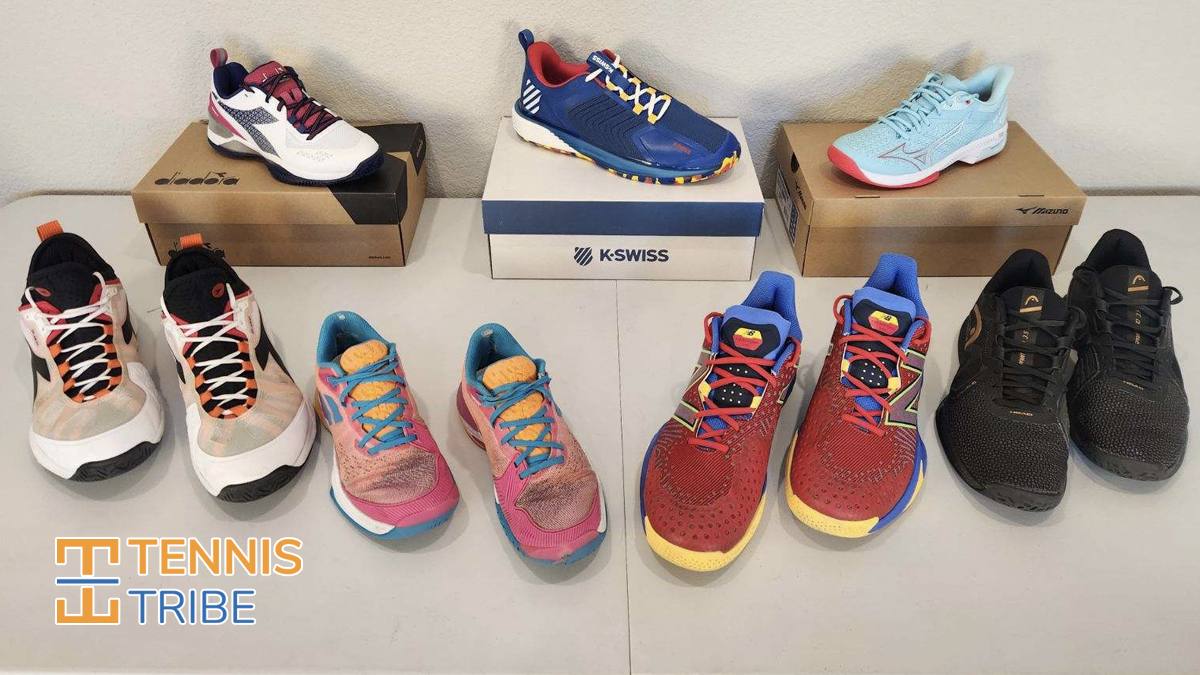When stepping onto the tennis court, having the right footwear can significantly impact your performance. But what if you already own a high-quality pair of running shoes? Can they double up for tennis? In this article, we’ll explore this question in depth, discussing various factors to consider, providing real-world experiences, and comparing running shoes to tennis shoes. So, lace up and let’s dive in!
Understanding the Unique Demands of Tennis
Before we answer the pressing question, it’s essential to understand the unique demands of tennis. Tennis requires quick lateral movements, rapid direction changes, and explosive bursts of speed—all of which place different strains on your footwear compared to running. The right tennis shoes are designed to provide:
1. Lateral Support
Unlike running, where the primary motion is forward, tennis players need shoes that offer high lateral support to prevent ankle injuries during side-to-side movements. Running shoes typically have a more rounded sole, which might not provide the necessary stability.
2. Durability
Tennis shoes are built to withstand the wear and tear from sliding on hard courts, which can be harsher than the surfaces most running shoes are designed for. The outsole material and tread patterns of tennis shoes are optimized for these conditions, while running shoes may wear down faster.
3. Traction
The type of traction required for tennis courts—especially on clay or grass—differs greatly from that needed on pavements or trails. Tennis shoes often have specialized outsoles to grip these surfaces effectively, providing better control and preventing slips.

Can You Use Running Shoes for Tennis?
The short answer is: it depends. There are scenarios where using running shoes for tennis may be acceptable, especially for casual players or beginners. However, if you are serious about playing tennis regularly, investing in a good pair of tennis shoes is advisable. Below, we’ll explore both perspectives.
Real-World Experiences
Many athletes have tried using running shoes for tennis and have various stories to share. For example:

Case Study 1: Sarah, a Weekend Player
Sarah, a casual player who plays tennis on weekends, often uses her running shoes. She mentions that while they offer comfort and cushioning, she feels less stable during lateral movements. After a few sessions, she experienced some ankle discomfort, prompting her to consider investing in specialized tennis shoes.
Case Study 2: Mark, a Competitive Player
On the contrary, Mark is a competitive player who tried using running shoes for practice. He quickly noticed decreased performance and increased risk of injury due to inadequate support. Consequently, he switched to tennis shoes and felt a significant improvement in his gameplay.

Comparison Table: Running Shoes vs. Tennis Shoes
| Feature | Running Shoes | Tennis Shoes |
|---|---|---|
| Traction | Designed for forward motion | Specialized for lateral movement |
| Support | Cushioned for impact | Enhanced lateral support |
| Durability | Less durable against court surfaces | Durable rubber outsole |
| Weight | Typically lighter | May be slightly heavier due to extra support |
Pros and Cons of Using Running Shoes for Tennis
Pros
- Comfort: Running shoes are often more cushioned, providing maximum comfort during play.
- Versatility: They can be used for various activities beyond tennis.
- Cost-effective: If you already own a pair, it may save you from buying specific tennis shoes.

Cons
- Inadequate Support: Lack of lateral support can lead to injuries.
- Reduced Performance: Specialized design of tennis shoes enhances movement and performance.
- Faster Wear: Running shoes may wear down quicker on the court.
Tips for Choosing Footwear for Tennis
If you’re determined to use running shoes for tennis or are considering a switch, here are some tips to keep in mind:

1. Assess Your Playing Style
Your style of play may influence your shoe choice. If you’re a baseline player who plays mainly from the back of the court, you might get away with running shoes. However, if you often rush the net, you may need specialized footwear.
2. Check Out the Court Surface
The type of court you play on matters. Running shoes may be more suitable for softer surfaces like clay, where lateral movements are less aggressive. For hard courts, however, tennis shoes are recommended.

3. Prioritize Comfort and Fit
When trying on shoes, ensure they fit snugly without being too tight. Sufficient room in the toe box is essential, and check for any pressure points when moving laterally.
4. Consider Your Competitive Level
If you plan to play competitively or frequently, investing in tennis shoes will likely pay off in performance and injury prevention.

Product Highlights: Top Running and Tennis Shoe Recommendations
Best Running Shoes for Casual Tennis Play
- Nike Air Zoom Pegasus 38: A cushioned shoe with a supportive fit, decent for casual play.
- Adidas Ultraboost 21: Offers excellent comfort and energy return, suitable for light tennis sessions.
Top Tennis Shoes for Performance
- Asics Gel-Resolution 8: Known for stability and support, ideal for lateral movement.
- Nike Court Air Zoom Vapor X: A favorite among professionals for its lightweight feel and responsiveness.
FAQs About Using Running Shoes for Tennis
1. Can I wear running shoes for casual tennis games?
Yes, running shoes can be used for casual tennis if you play infrequently. However, consider the risk of injury and reduced performance.
2. What are the dangers of using running shoes for tennis?
The main dangers include inadequate ankle support, leading to injuries, and reduced court grip, which can affect your movement.
3. How do I know if my shoes are good for tennis?
Check for lateral support, traction on tennis surfaces, and overall stability. If your shoes don’t provide these features, they may not be suitable.
4. Are there hybrid shoes that work for both running and tennis?
While rare, some shoes have hybrid designs. However, they often compromise on performance in both activities.
5. How often should I replace my tennis shoes?
Generally, replace them every 6-12 months, depending on frequency of use and wear on the soles.
6. What features should I look for in a tennis shoe?
Look for features such as good cushioning, lateral support, durable outsoles, and a comfortable fit.
7. Can running shoes affect my performance in tennis?
Yes, using the wrong shoes can lead to decreased performance and increase the risk of injuries.
8. Are there any brands that make dual-purpose shoes?
Some brands, like Nike and New Balance, have models that can serve dual functions, but they are not commonly recommended for serious play.
9. Is it legal to wear running shoes during tournaments?
While there are no strict rules forbidding running shoes, it’s advised to wear appropriate footwear to meet safety and performance standards.
Conclusion
Using running shoes for tennis is a tempting option for casual players, but it comes with notable drawbacks. For serious athletes, investing in a pair of tennis shoes tailored to your needs could enhance performance, reduce the risk of injury, and make your time on the court far more enjoyable. Remember, the right shoes can make all the difference in your game!
Further Reading
For more in-depth knowledge regarding footwear choices, visit the following resources: